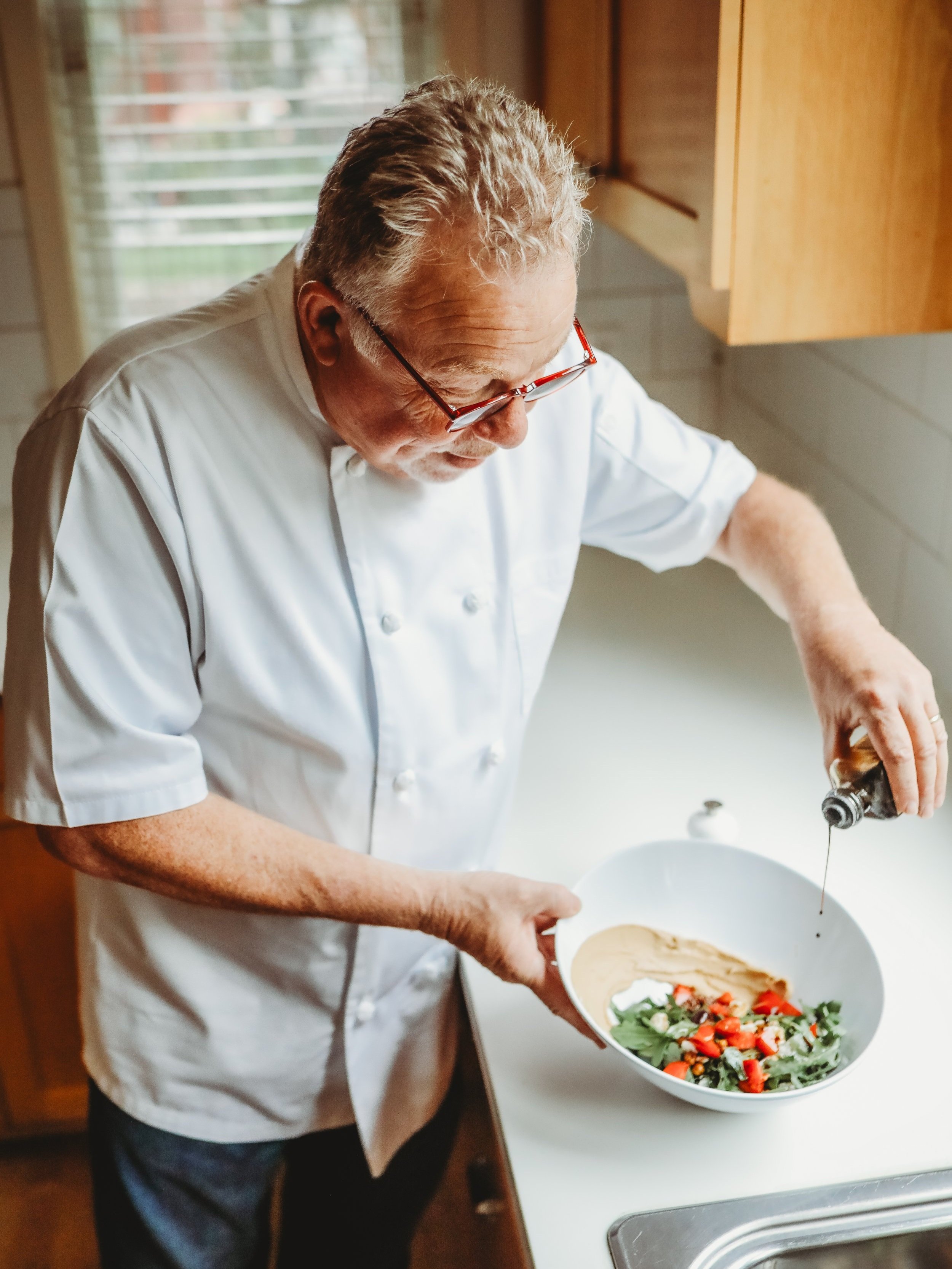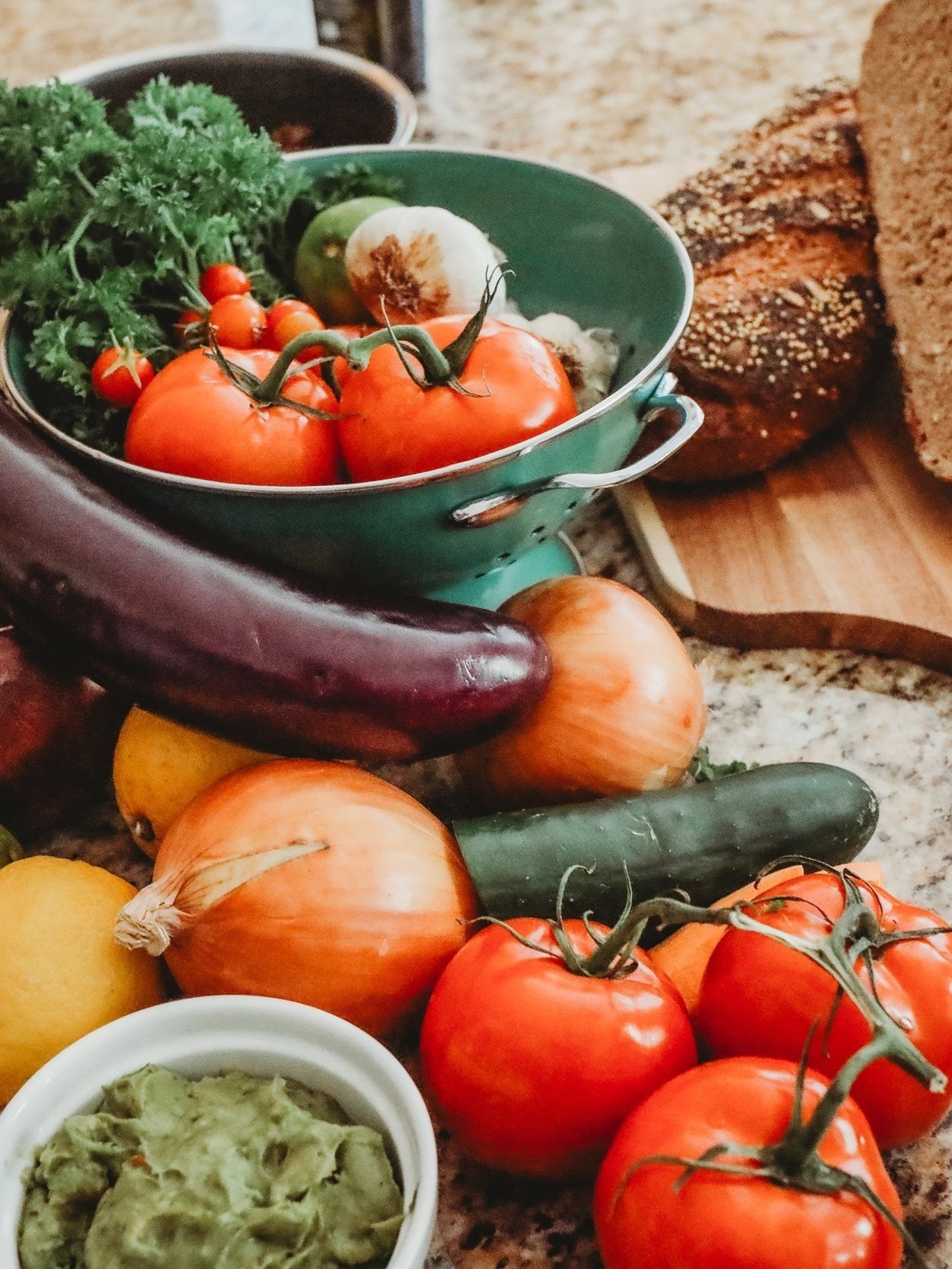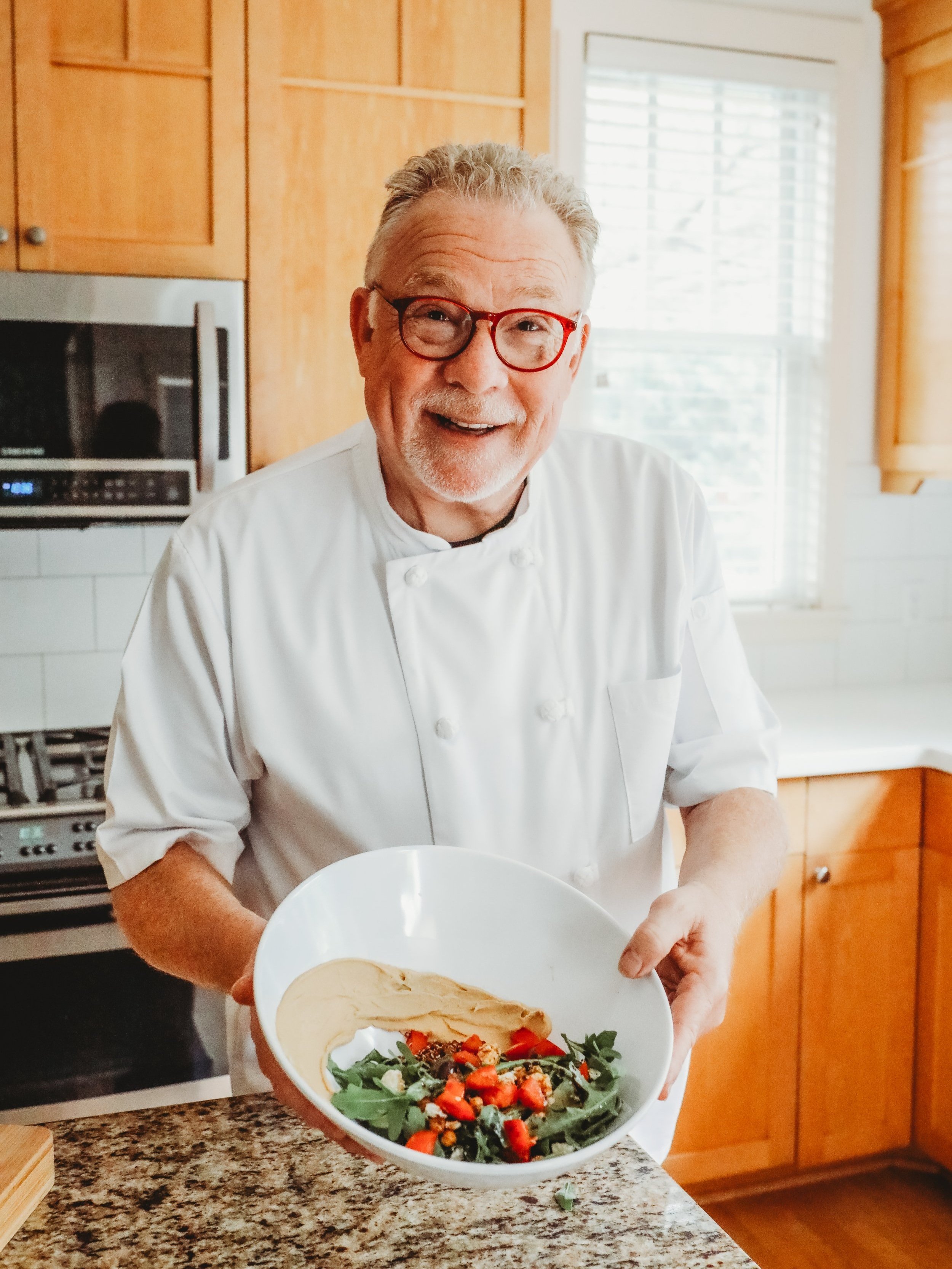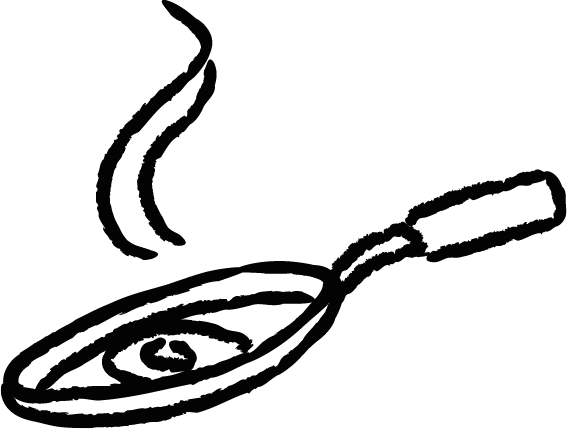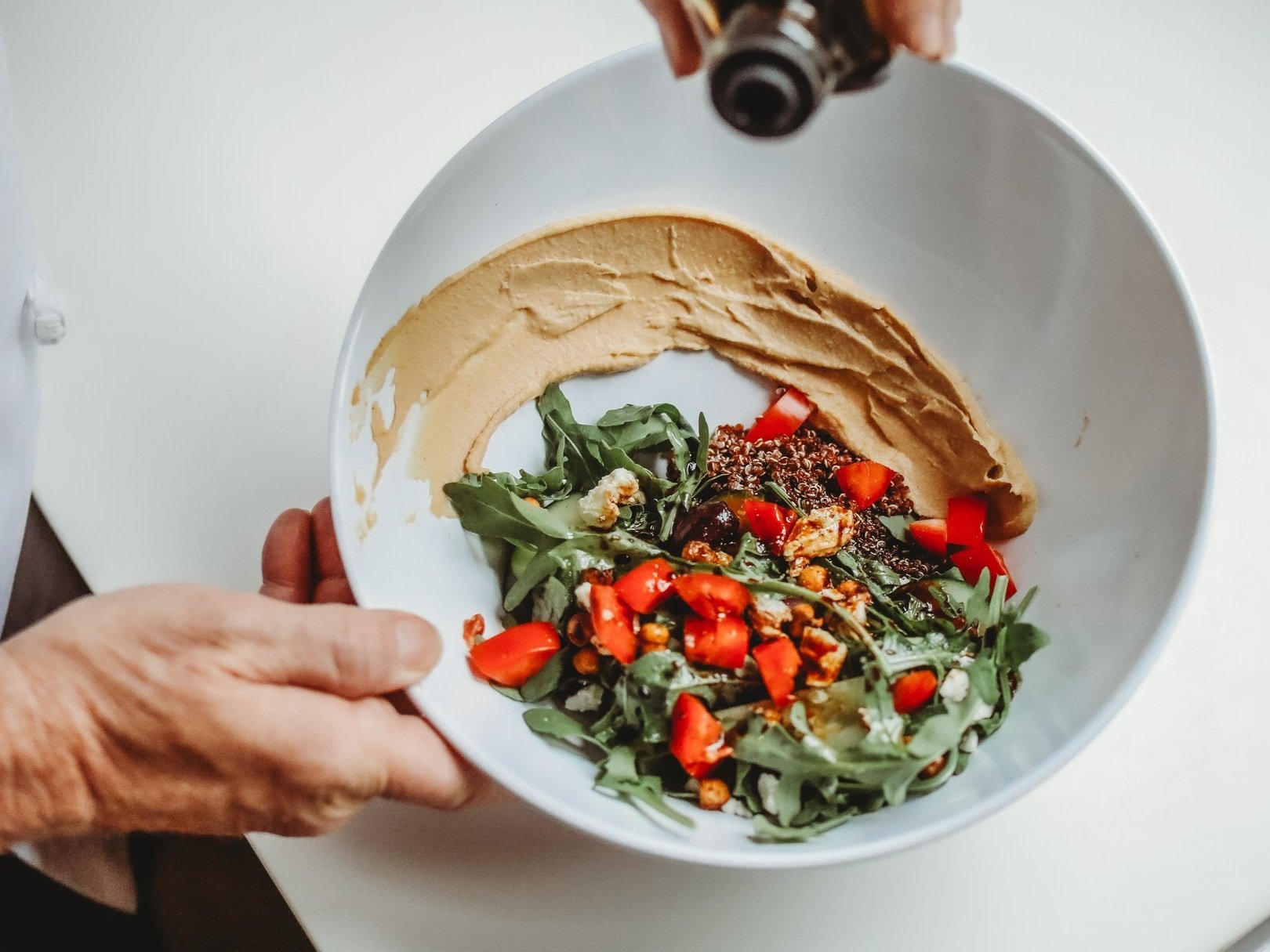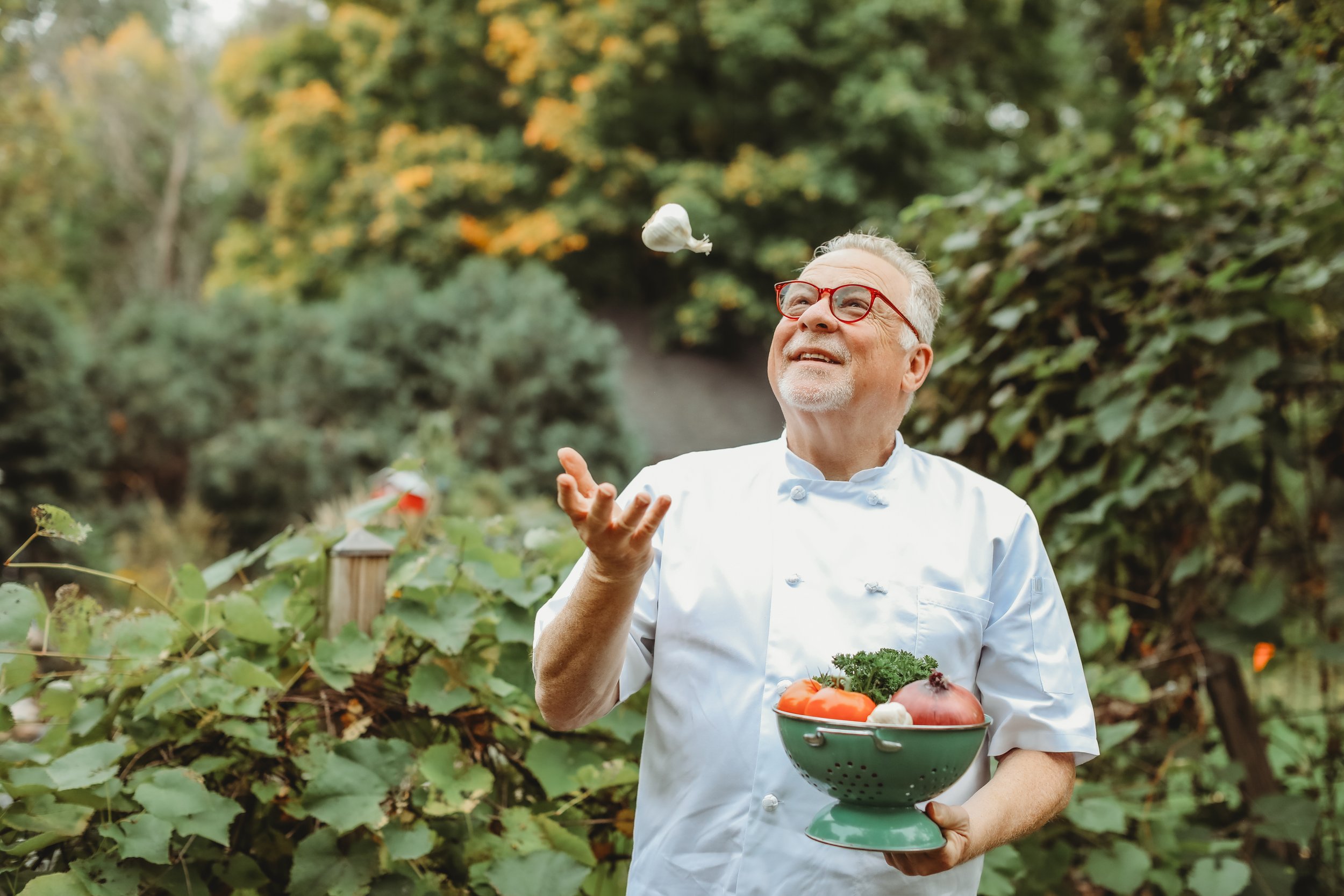
Diabetic Chef, Podcast Host, Speaker, Happy Guy
ChefRobert
Nutritious, approachable food education for a happy, healthy life.
Turning ordinary ingredients into something extraordinary!
I’ve heard from a lot of people that they feel frustrated and stuck when diagnosed with diabetes and maybe you feel this way too…
-
At The Happy Diabetic, Chef Robert Lewis applies his culinary education and personal passion to recipes that are approachable and easy to make!
-
Chef Robert was diagnosed in 1998 with Type-2 diabetes and assumed his days of good eating were over! Luckly, through ups-and-downs, he came to realized he could still eat many of his favorite foods.
-
Chef Robert shares his knowledge through many avenues including a warm and friendly podcast, speaking opportunities, cookbooks and more!
Listen Now
Listen Now
Subscribe To The Podcast
Your guide to the world of food, and healthy cooking and cooking love! The Happy Diabetic Kitchen serves up interviews with the world’s most amazing chefs and experts in the field of diabetic health. Explore Our Episodes →
Get our “7 Steps to Healthy Diabetic Living”
BONUS My Healthy Eating Tips
Exclusively
for our VIPs!
FAVORITE RECIPES
Mediterranean
Quinoa Salad Bowl
FRESH, VEGETARIAN
Salmon & Roast Veggies
COLORFUL, FISH


